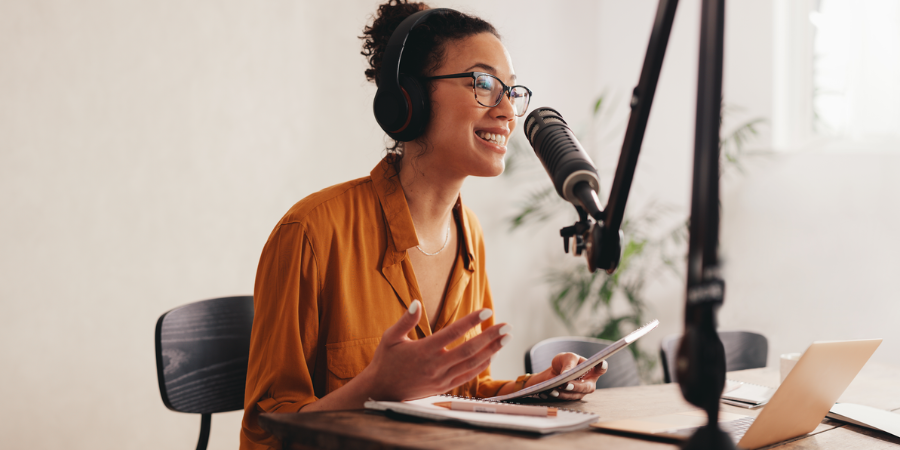
One hit wonders, The Buggles, hit the charts in 1979 with their single Video killed the radio star – and claim the title for the first video to be aired on MTV. Then they vanished (eventually joining prog-rock band Yes). In 1979 video was just making its debut into mainstream society. MTV led the charge with popular music presented as the backing track to videos – the crazier the better.
Three-plus decades later and the Buggles are ancient history – as is MTV – but video has turned into the preferred way people want to consume information, entertainment, learning and more. That means that YouTube is now the second biggest search engine in the world (after its parent company, Google). So where does ‘radio star’ come in?
Audio on YouTube
Many people think that YouTube only hosts videos, but it hosts audio too. If you’re not someone who feels comfortable appearing on video or you think you have the skills to make videos, you could create an audio file with a still image (check out YouTube thumbnails on Canva). That’s one way to leverage audio, but it’s not the only way to make great use of audio.
Podcasts
One of the most popular media today is the podcast. Everyone seems to have got on board. The plus for podcasts is that you don’t need to be in front of a screen, you can bung a headset on and cook, run, workout, iron or simply chill out. Also it’s a proven fact that information you receive audibly is retained well by your sub-conscious, even if you’re not listening properly – in fact, even if you’re asleep!!
There are several benefits to producing a podcast
- You can run a series weekly, fortnightly, monthly – whatever you decide
- There are already places to put your podcast where potential listeners/subscribers are actively looking – itunes, Spotify, etc.
- There are no rules – it can be long or short or variable, it can be a talking head, an interview, a single item or a magazine structure with a number of shorter items
- You don’t need lots of expensive equipment a mid-range headset that plugs into your computer’s USB port is all you need
- There are free apps for editing (Audacity).
You will need to do some forward planning. You’ll need to decide the shape and style of each podcast. A bit like a book, each episode (chapter) needs to follow a format, so that your listeners don’t get their comfort zones challenged.
You might need to learn how to edit your audio file so that you deliver a polished product. Alternatively, go on Fiverr.com and find someone who will do it for you for a nominal amount.
Remember that your content needs to:
- Have a consistent focus
- Be informative
- Be entertaining
- Give your target audience real value.
Promote your new releases on social media and to your email list and your subscribers will increase.
